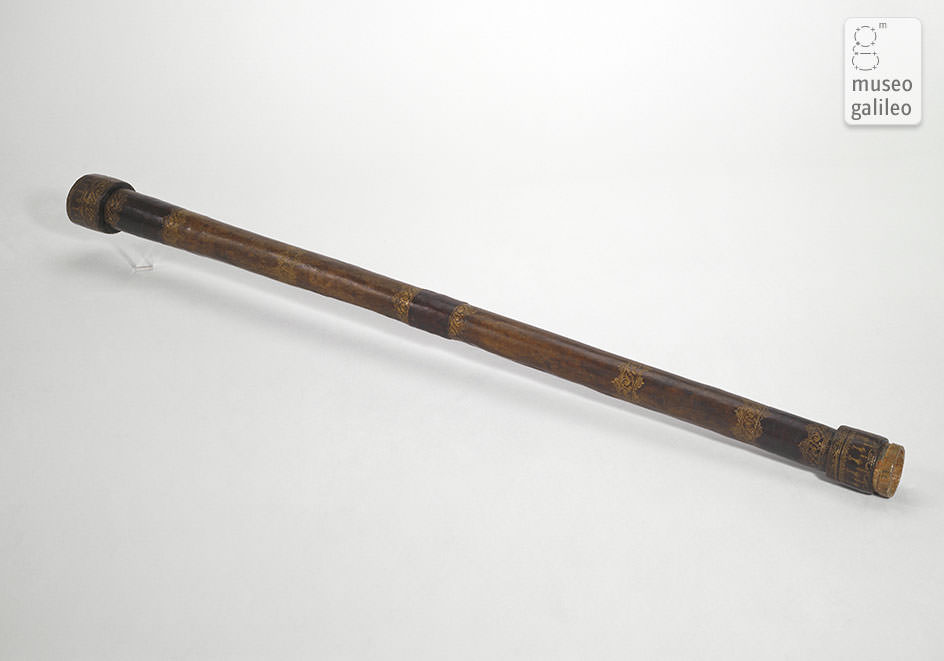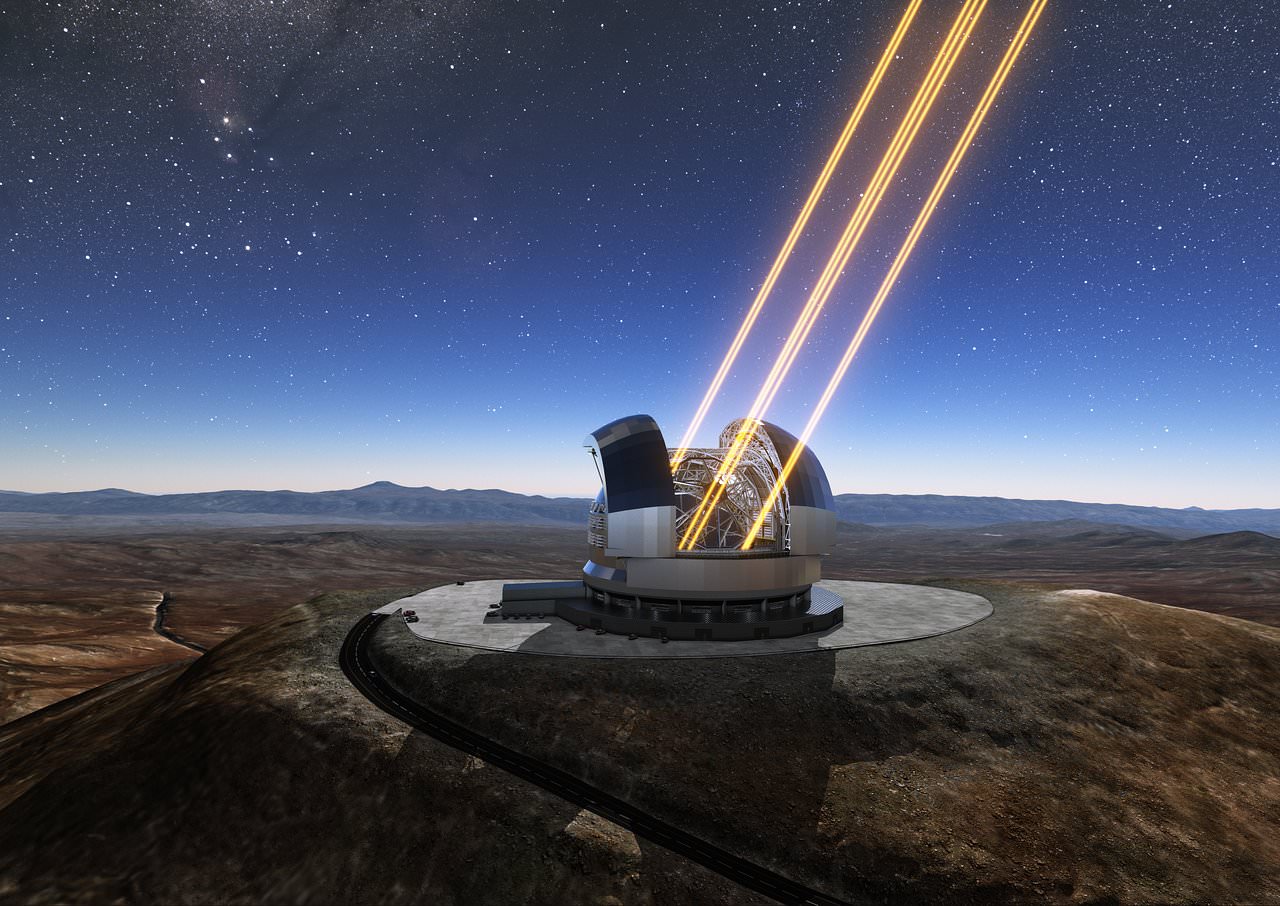In 1610, Italian astronomer Galileo Galilei looked up at the heavens using a telescope of his making. And what he saw would forever revolutionize the field of astronomy, our understanding of the Universe, and our place in it. Centuries later, Galileo’s is still held in such high esteem; not only for the groundbreaking research he conducted, but because of his immense ingenuity in developing his own research tools.
And at the center of it all is Galileo’s famous telescope, which still inspires curiosity centuries later. How exactly did he invent it. How exactly was it an improvement on then-current designs? What exactly did he see with it when he looked up at the night sky? And what has become of it today? Luckily, all of these are questions we are able to answer.
Description:
Galileo’s telescope was the prototype of the modern day refractor telescope. As you can see from this diagram below, which is taken from Galileo’s own work – Sidereus Nuncius (“The Starry Messenger”) – it was a simple arrangement of lenses that first began with optician’s glass fixed to either end of a hollow cylinder.

Galileo had no diagrams to work from, and instead relied on his own system of trial and error to achieve the proper placement of the lenses. In Galileo’s telescope the objective lens was convex and the eye lens was concave (today’s telescopes make use of two convex lenses). Galileo knew that light from an object placed at a distance from a convex lens created an identical image on the opposite side of the lens.
He also knew that if he used a concave lens, the object would appear on the same side of the lens where the object was located. If moved at a distance, it appeared larger than the object. It took a lot of work and different arrangements to get the lens the proper sizes and distances apart, but Galileo’s telescope remained the most powerful and accurately built for a great many years.
History of Galileo’s Telescope:
Naturally, Galileo’s telescope had some historical antecedents. In the late summer of 1608, a new invention was all the rage in Europe – the spyglass. These low power telescopes were likely made by almost all advanced opticians, but the very first was credited to Hans Lippershey of Holland. These primitive telescopes only magnified the view a few times over.
Much like our modern times, the manufacturers were quickly trying to corner the market with their invention. But Galileo Galilei’s friends convinced his own government to wait – sure that he could improve the design. When Galileo heard of this new optical instrument he set about engineering and making improved versions, with higher magnification.
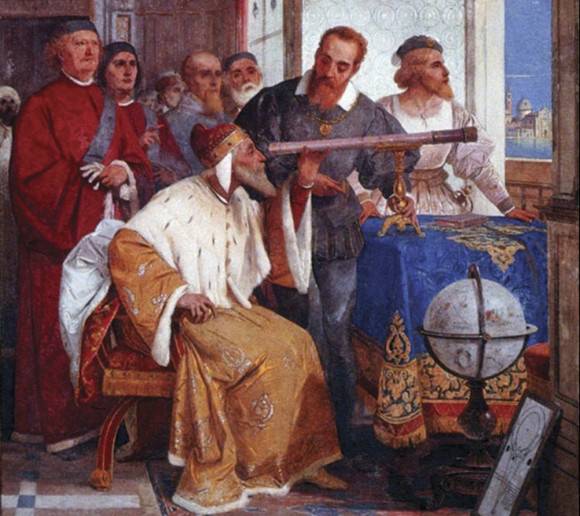
Galileo’s telescope was similar to how a pair of opera glasses work – a simple arrangement of glass lenses to magnify objects. His first versions only improved the view to the eighth power, but Galileo’s telescope steadily improved. Within a few years, he began grinding his own lenses and changing his arrays. Galileo’s telescope was now capable of magnifying normal vision by a factor of 10, but it had a very narrow field of view.
However, this limited ability didn’t stop Galileo from using his telescope to make some amazing observations of the heavens. And what he saw, and recorded for posterity, was nothing short of game-changing.
What Galileo Observed:
One fine Fall evening, Galileo pointed his telescope towards the one thing that people thought was perfectly smooth and as polished as a gemstone – the Moon. Imagine his surprise when found that it, in his own words, was “uneven, rough, full of cavities and prominences.” Galileo’s telescope had its flaws, such as a narrow field of view that could only show about one quarter of the lunar disk without repositioning.
Nevertheless, a revolution in astronomy had begun! Months passed, and Galileo’s telescope improved. On January 7th, 1610, he turned his new 30 power telescope towards Jupiter, and found three small, bright “stars” near the planet. One was off to the west, the other two were to the east, and all three were in a straight line. The following evening, Galileo once again took a look at Jupiter, and found that all three of the “stars” were now west of the planet – still in a straight line!
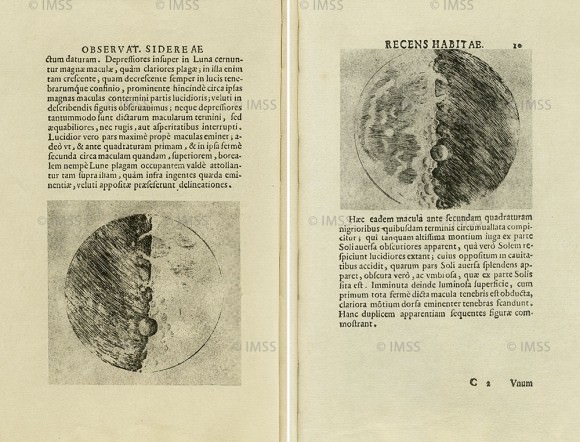
And there were more discoveries awaiting Galileo’s telescope: the appearance of bumps next to the planet Saturn (the edges of Saturn’s rings), spots on the Sun’s surface (aka. Sunspots), and seeing Venus change from a full disk to a slender crescent. Galileo Galilei published all of these findings in a small book titled Sidereus Nuncius (“The Starry Messenger”) in 1610.
While Galileo was not the first astronomer to point a telescope towards the heavens, he was the first to do so scientifically and methodically. Not only that, but the comprehensive notes he took on his observations, and the publication of his discoveries, would have a revolutionary impact on astronomy and many other fields of science.
Galileo’s Telescope Today:
Today, over 400 years later, Galileo’s Telescope still survives under the constant care of the Istituto e Museo di Storia della Scienza (renamed the Museo Galileo in 2010) in Italy. The Museum holds exhibitions on Galileo’s telescope and the observations he made with it. The displays consist of these rare and precious instruments – including the objective lens created by the master and the only two existing telescopes built by Galileo himself.
Thanks to Galileo’s careful record keeping, craftsmen around the world have recreated Galileo’s telescope for museums and replicas are now sold for amateurs and collectors as well. Despite the fact that astronomers now have telescopes of immense power at their disposal, many still prefer to go the DIY route, just like Galileo!
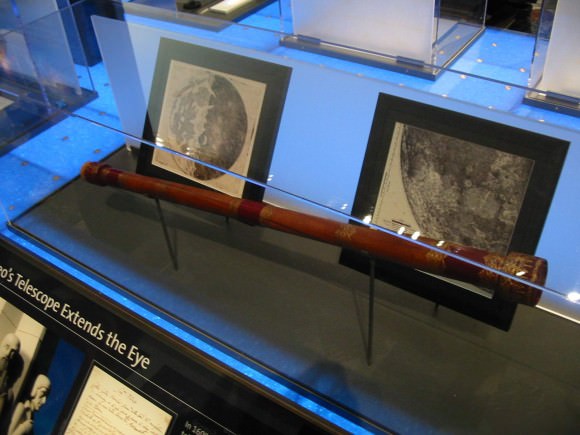
Few scientists and astronomers have had the same impact Galileo had. Even fewer are regarded as pioneers in the sciences, or revolutionary thinkers who forever changed humanity’s perception of the heavens and their place within it. Little wonder then why his most prized instrument is kept so well preserved, and is still the subject of study over four centuries later.
We have written many interesting articles on Galileo here at Universe Today. Here’s
Astronomy Cast also has an interesting episode on telescope making – Episode 327: Telescope Making, Part I
For more information, be sure to check out the Museo Galileo‘s website.

